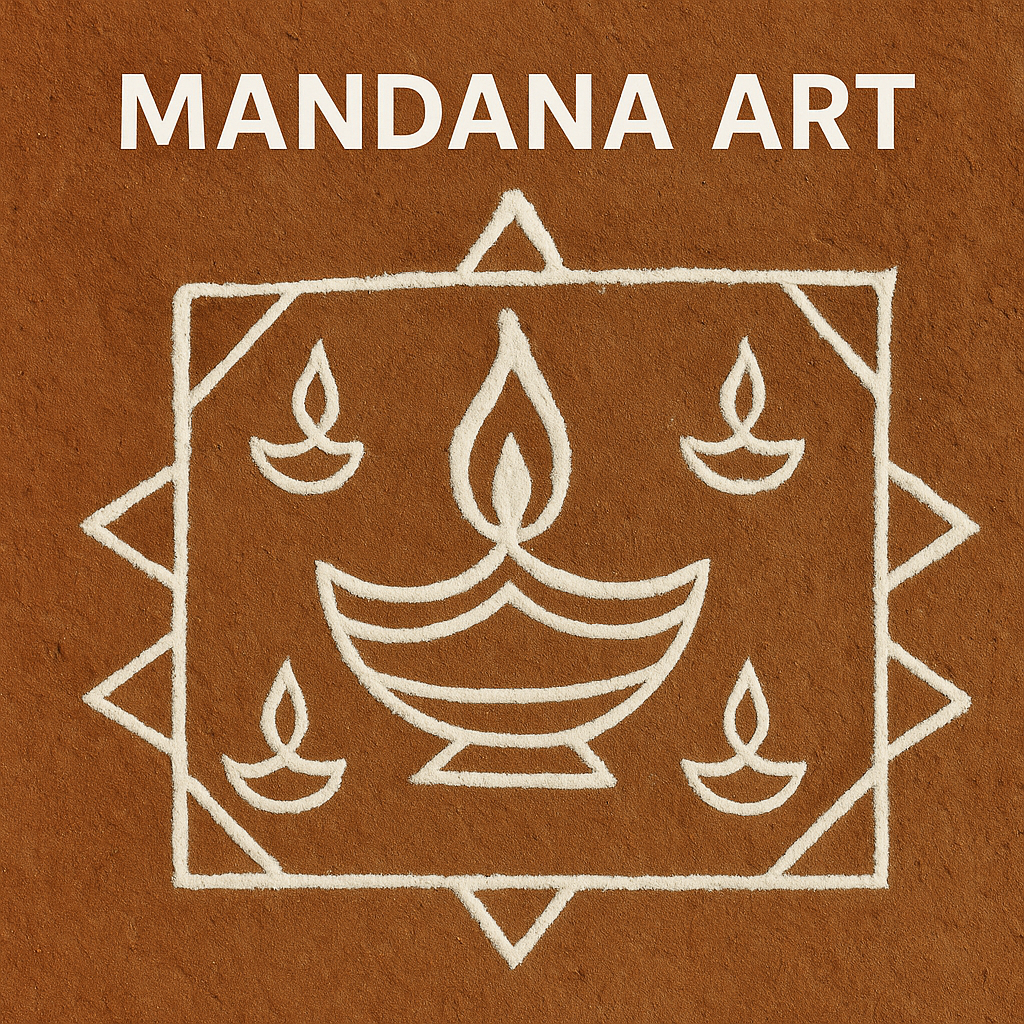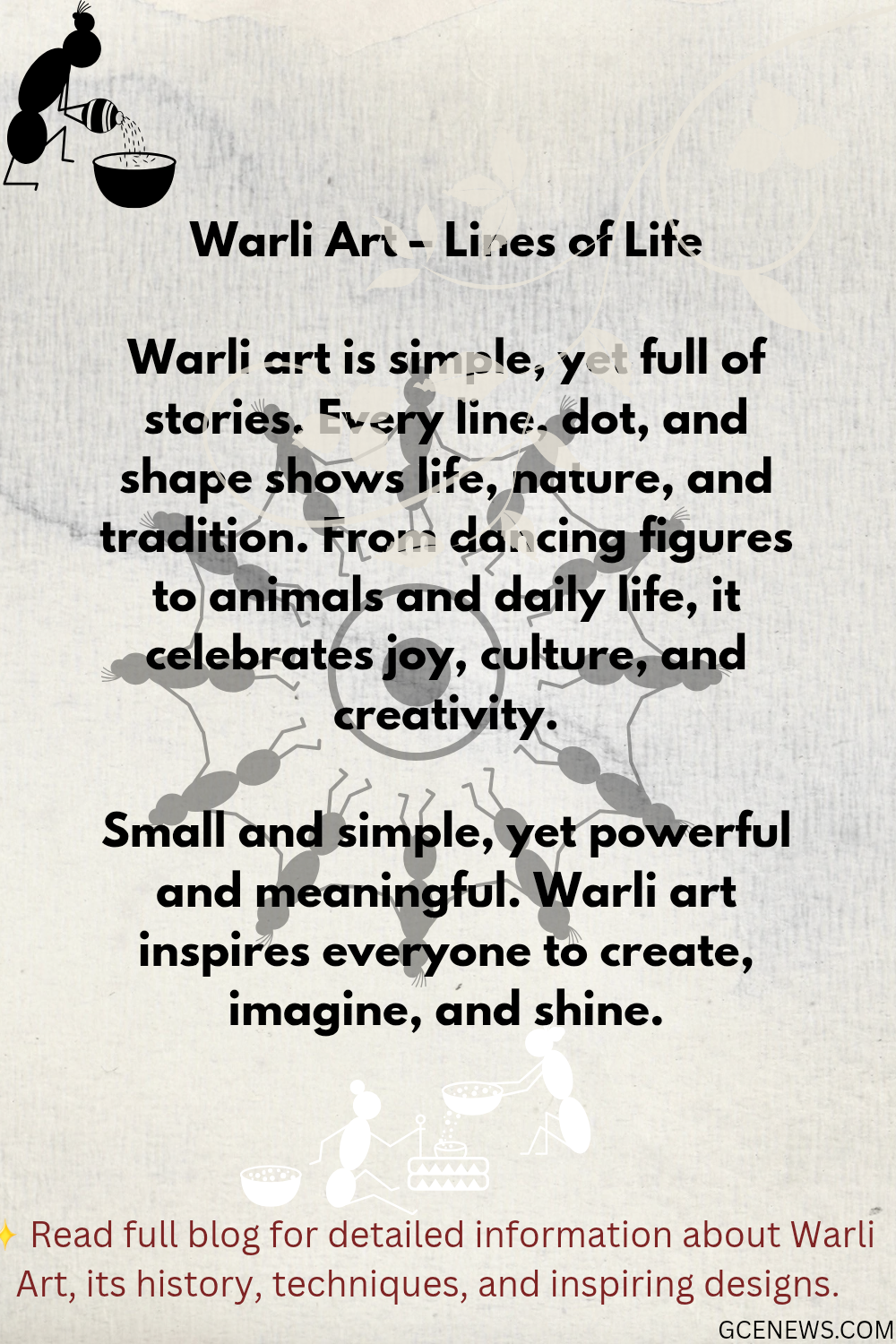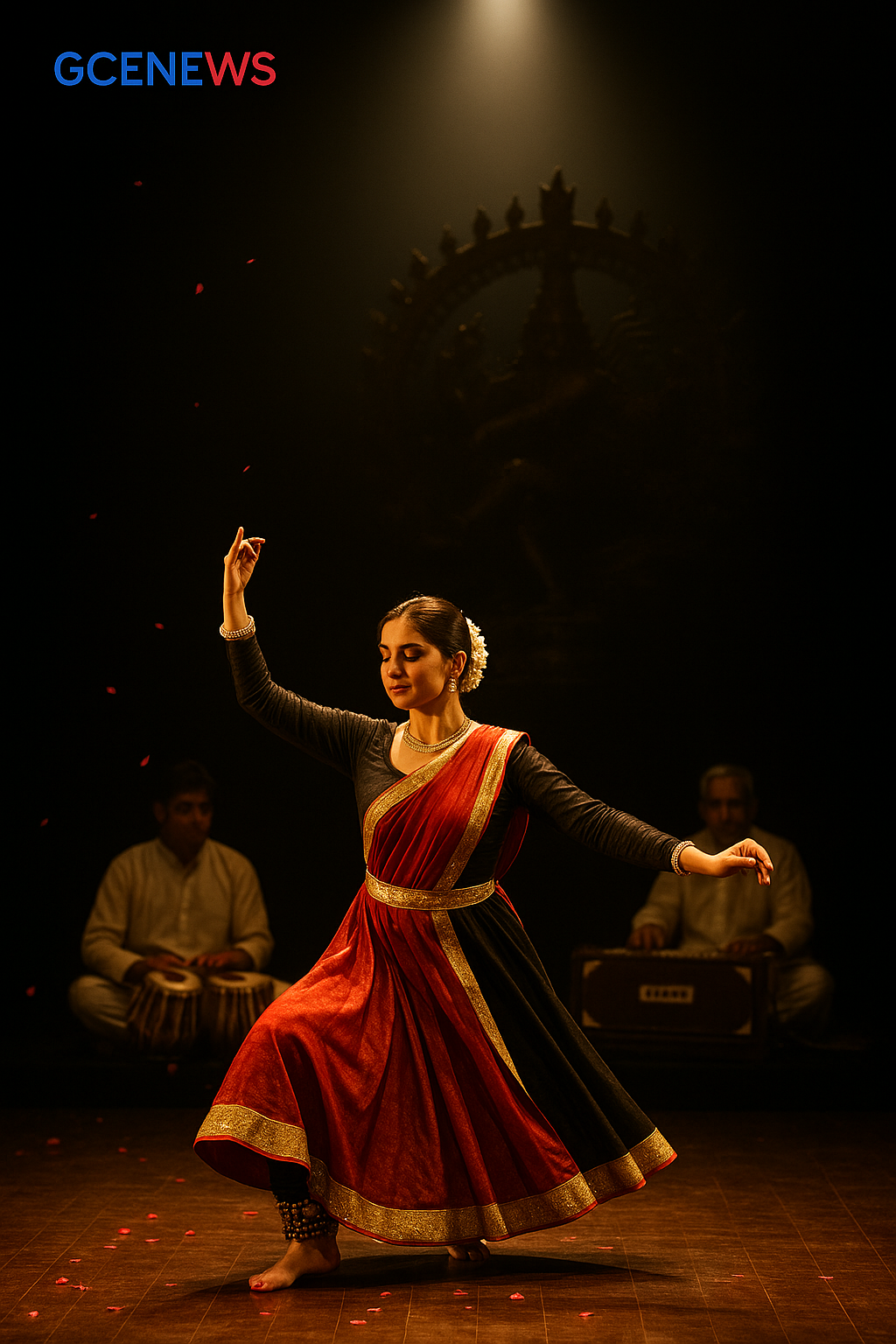Day 1 of mandana art series

🪷 Day 1: What is Mandana Art? – History, Purpose, and Evolution
Hello readers! 🙋♀️
Welcome to Day 1 of our 5-day journey through India’s most beautiful and historical folk arts. I’m your writer and well-wisher, and today, we begin with the incredible world of Mandana Art — a timeless tradition that carries the soul of Rajasthan in every brushstroke.
💫 And yes — at the end of this blog, we’ll also share a heart-touching real-life story of a young girl from Chhattisgarh who found strength in the most unexpected way.
So stay with us till the end, and if you too have a story to share, feel free to write it in the comments below or connect with us on our social media platforms. Your journey could inspire someone else today. 💖
🎨 What is Mandana Art?
Mandana Art is a sacred, decorative folk art mainly practiced by rural women of Rajasthan and Madhya Pradesh. The term "Mandana" comes from the Sanskrit word ‘mand’, which means to decorate or to adorn.
This art is used to beautify homes and courtyards, especially during festivals, harvests, and celebrations. It’s not just aesthetic — Mandana is believed to bring good luck, divine blessings, and protection from evil spirits.
🧱 Where Is It Made?
Traditionally, Mandana is drawn on:
- 🧱 Walls and floors of mud houses
- 🪵 Kitchen corners, prayer areas, or entrance gates
- 🏡 Mostly in villages like Tonk, Sawai Madhopur, Kota, Bundi, and Shekhawati region in Rajasthan
🖌️ How Is Mandana Made?
Women usually create Mandana designs freehand — without rulers or stencils. Here’s how:
🧴 Surface Prep:
- Floors/walls are first coated with a slurry of cow dung and red ochre (geru). This creates a smooth reddish background.
🖍️ Drawing Tools & Materials:
- White paste made from rice flour, lime powder, or chalk powder
- Tools used:
- A cotton ball or small piece of cloth
- A chewed neem twig
- Sometimes just bare fingers
- Today, even brushes or sticks are used
🧵 Common Mandana Patterns & Their Meanings
Mandana motifs are usually geometric, symmetrical, and symbolic. Common designs include:
- 🪷 Lotus flowers – Purity and divinity
- 🐘 Elephants – Strength and good luck
- 🕊️ Peacocks – Love and grace
- 🔆 Sun and moon – Celestial energy
- 🔣 Swastika, Kalash, fish, footprints – Traditional auspicious symbols
- 🪙 Checkerboards, spirals, lines – For balance and harmony
Each design tells a story of family, nature, belief, and devotion.
🛕 Cultural Importance and Occasions
Mandana is a ritual practice used during:
- Festivals: Diwali, Holi, Karwa Chauth, Gangaur, Teej
- Weddings: Bridal entrances, courtyards, kitchen floors
- Pujas & Vratas: Especially for goddess Lakshmi and Gauri
- Harvest seasons: As a prayer for abundance
Mandana is believed to invite positive energy, gods, and fortune into the home.
🌀 Mandana in the Modern World
Today, Mandana art is no longer limited to village walls. It’s finding its place in:
- 🖼️ Canvas paintings and murals in urban homes
- 🧣 Textiles, sarees, bedsheets, and cushion covers
- 🪞 Home decor products, wall hangings, tote bags
- 🧑🎨 Workshops and NGO programs promoting women’s empowerment
- 📱 Instagram & Pinterest as a modern trend in folk art
Despite modernization, the soul of Mandana remains intact — a quiet expression of love, spirituality, and tradition.
💖 Real-Life Story: Priya’s Journey from Pain to Purpose
Let me take you into the life of a quiet yet brave soul — Priya, a 19-year-old girl from a small village in Chhattisgarh.
Priya was just 9 years old when her mother passed away. Her world turned silent. The laughter, the warmth, the bedtime stories — everything vanished overnight. Grief took over her young heart.
A few months later, her father remarried. Priya feared that her new stepmother would be harsh, but destiny had a surprise. Her stepmom, Sunita, didn’t try to replace her mother — she became her protector, supporter, and silent healer.
From tying her hair, cooking her favorite meals, helping with schoolwork, and being her emotional rock — Sunita slowly became the mother she lost and found again.
One night, Priya woke up crying after a nightmare. Sunita hugged her tightly and whispered:
“Main teri maa toh nahi, par tu meri beti zarur hai.”
("I may not be your mother, but you are certainly my daughter.")
Today, Priya writes blogs in her late mother’s memory and says:
"People think strength means not crying. But I learned that strength means loving again, even after you've lost everything."
Just like Mandana art — her life was broken, but with love and care, it was redesigned into something beautiful.
💌 Share Your Story
Do you have a story that deserves to be heard?
A journey of strength, culture, healing, or creativity?
👉 Comment below
Your voice might give courage to someone else.
🌸 Final Thoughts
Mandana is more than decoration — it is spiritual storytelling in design. It reflects resilience, tradition, and the timeless beauty of Indian womanhood.
✨ On Day 2, we’ll explore the Top 5 Regional Styles of Mandana Art in Rajasthan — each with its unique motifs, symbols, and stories.
Until then, keep your heart open to stories, and your mind open to tradition.
– Your writer and well-wisher




